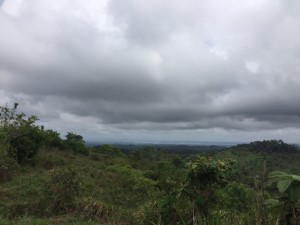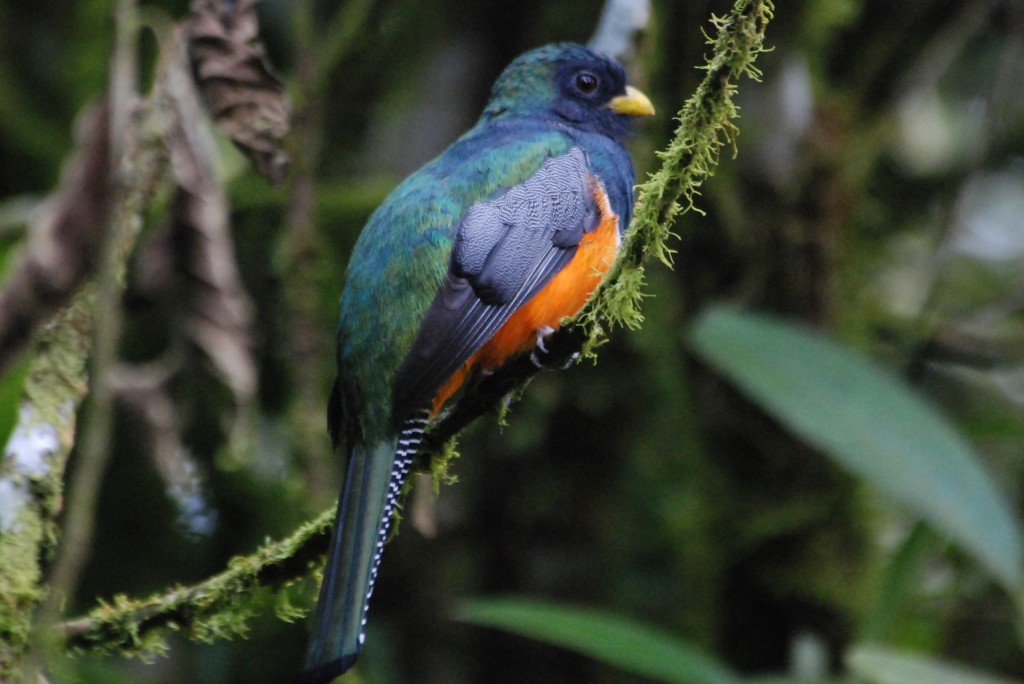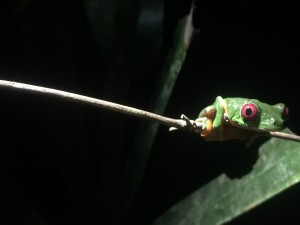Large scale ecological studies can be one of the most rewarding and painstakingly difficult endeavors for researchers to undertake. Not only are they expensive to maintain, but it can take years to find valuable results, which creates incredible pressure on primary investigators. Nevertheless, these experiments can provide extremely valuable results and create a research platform for generations of scientists. Some examples of very successful large scale experiments include the Forest Accelerated Succession Experiment (FASET) plots in northern Michigan and the Allegheny National Forest deer enclosure experiment in Pennsylvania, but the Agua Salud experiment in Panama is entering new territory by investigating the agroecosystem matrix in a tropical setting. It studies an ecosystem at the watershed level and is centered on understanding essential ecosystem services, such as maintaining favorable water conditions in the canal or sequestering carbon at faster.
The intricacies of Agua Salud are described in detail by other blog posts, but what isn’t mentioned is the social importance of this experiment. Agua Salud is ecology in action and can be a fantastic tool to explain the relevance of the environment to society. People are able to see how their decisions, such as farming a certain tree monoculture or preserving a specific patch of land, can have major implications for the surrounding environment. For instance, fewer trees planted could lead to more runoff and increased water flow within the canal – which could have both ecological and economic impacts throughout Panama.
In addition, since Agua Salud investigates the relationships between agriculture and tropical ecosystems (which are both ubiquitous within Central and South America) the results may be more generalizable than many other large scale experiments. A common critique of experiments that examine entire ecosystems is that they are unreplicable, but this does not seem to be the case at Agua Salud. The researchers at STRI have made sure that the results from Agua Salud are applicable to systems throughout Central and South America.
Lastly, Agua Salud is a young experiment with high potential. It was only started in 2008, so opportunities to build an entire career in science can be found there and researchers have generated novel data that are valuable to both the scientific and public spheres. I see Agua Salud as the new frontier of large scale experiments, where both valuable ecological data is collected and ecosystem services are better understood by those within academia and the public.
P.S. Agua Salud is looking for an intern for next year and it would be a great experience for anyone









